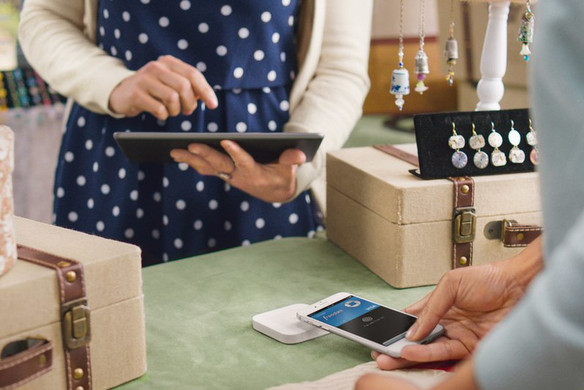Table of contents
How do you appeal to millennials? It’s a code businesses of all sizes try to crack. And for good reason — millennials have some serious purchasing power. According to Ad Age, 17- to 34-year-olds will spend $200 billion annually starting in 2017, and $10 trillion over their lifetime.
This generation moves fast. And as a business, you need to constantly evolve to keep their attention. That means continually auditing everything from your pricing strategy to your marketing efforts to the design of your store. Here are some top millennial shopping trends, and how your business should adapt to stay relevant.
1. Put mobile first
It’s no secret that millennials are glued to their mobile devices. A report found that one in five millennials surveyed relies exclusively on smartphones and tablets to get online. That means that a mobile-optimized business website is no longer just a nice-to-have, it’s essential to the relevancy of your business.
But mobile first doesn’t just apply to your online presence. Your brick-and-mortar store should also be optimized with mobile in mind. This is especially true when it comes to being able to accept mobile “contactless” payments like Apple Pay and Android Pay. A recent Accenture survey found that 23 percent of millennials use contactless payments at least once a week. And at the Coachella music festival this year, more than 10 percent of all card transactions on Square’s readers were contactless. To provide the customer experience that this demographic will soon come to expect, thinking mobile first is crucial.
2. Invest in a social media strategy
Social media is how most millennials find and discover new products. Fifty-five percent of millennials surveyed in a recent report cite social media as their primary source for shopping, news, and information. The study also found that traditional methods of advertising, including television and print media, fall behind digital advertising methods when it comes to their effectiveness amongst the millennial generation. So businesses are well advised to make social media a cornerstone of their marketing strategy.
Although keeping social accounts updated, relevant, and interesting is important, it may not be enough to cut through the noise. Studies have found that millennials trust expert opinions from “strangers” over brands (and even their friends) when it comes to making purchasing decisions. Toward that end, businesses should consider social partnerships with influencers or experts in their space.
3. Provide a seamless shopping experience
Millennials are savvy online consumers, but that doesn’t mean they’re not shopping at brick-and-mortar shops. In fact, an Accenture study found millennials still prefer to shop in stores, where they can touch and feel products in real life before they decide to buy them. However, they expect a seamless experience between shopping online and in a store. Nine in 10 shoppers know what they’re buying before they even arrive at the store. That means they expect to find the same products (including any discounts), whether online or in the store. Businesses should make sure the shopping experience across all consumer touch points is consistent while also considering strategies to increase impulse purchases.
4. Price products competitively
Millennials have an acute awareness of product pricing. Forty-one percent of respondents in the Accenture study said that more often than they did a year ago, they “shop around” for the same product at a lower price point at other retailers before deciding to buy something. This shift in behavior is likely due to the increased usage of smartphones, which allow shoppers to search for an item easily, even when they’re in a store. To stay competitive, businesses need to offer competitive pricing or more value than what consumers can find at online retailers like Amazon. Another strategy is offering a discount for in-store pickup, so customers can save on the shipping fees that may be associated with shopping at other retailers. Eighty-eight percent of millennials say they would consider buying online and picking up in store to save $10 on a $50 item.
5. Offer a loyalty program
Loyalty or rewards programs are also big with millennials. In data released by Bond Brand Loyalty, 68 percent of 20- to 34-year-olds said they would change where they shopped if it meant getting more rewards. And one-third reported buying something they didn’t necessarily want, just to earn rewards. Loyalty programs that offer free shipping may be particularly effective. Of millennials surveyed in a recent report by LoyaltyOne, most said they value free shipping as a benefit of loyalty programs.
6. Make your store a pleasant place to be
According to a recent report by Cassandra, an organization that studies millennial trends, the generation is also particular about what types of environments they prefer to shop in. The report found that 70 percent of millennials surveyed dislike loud and busy stores and instead gravitate toward calming environments. Brick-and-mortar stores should take note and make sure their spaces are designed to be clean, relaxed, and unfrenzied.
![]()











